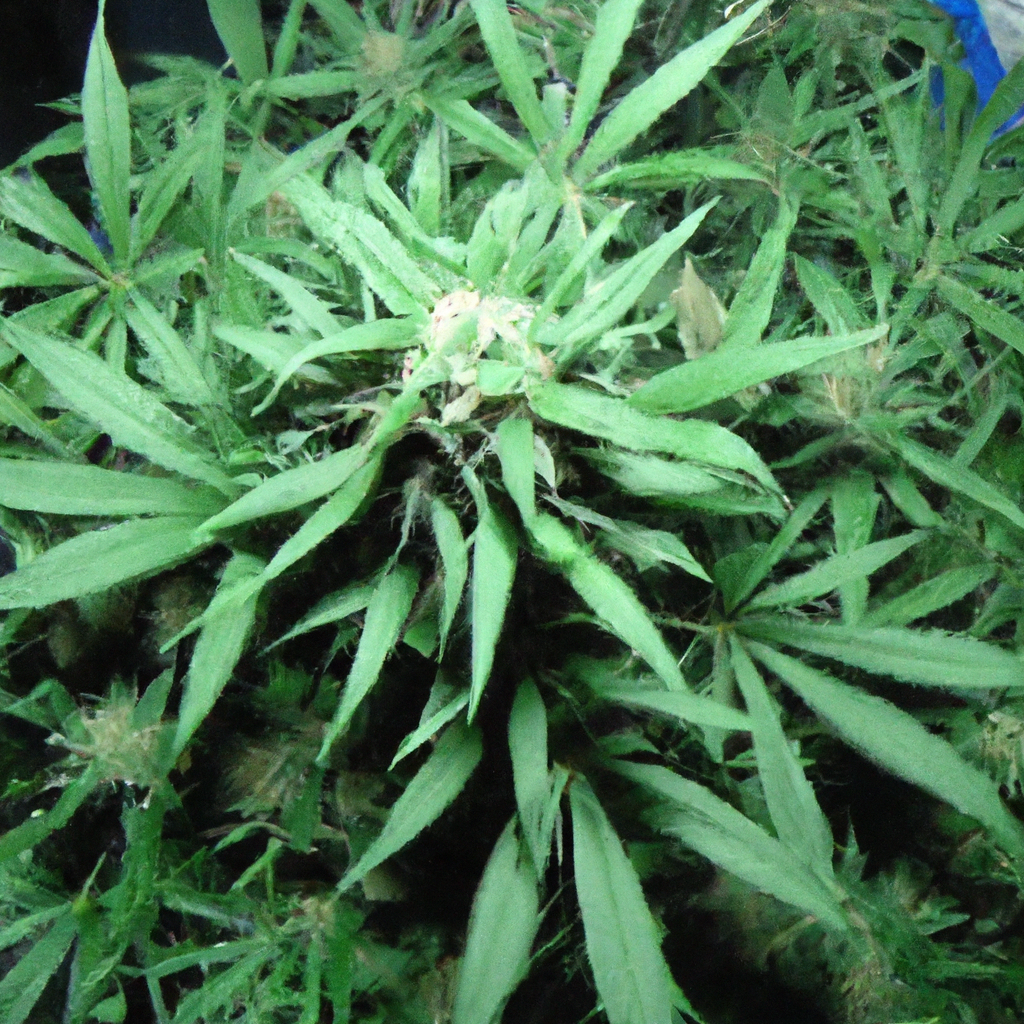Your cart is currently empty!
Growing cannabis can be both an art and a science, especially when it comes to managing environmental factors that affect plant health. One common challenge many cultivators face is wind burn—a condition that can stunt growth and reduce yield. In this article, we’ll explore effective strategies to prevent and manage wind burn, ensuring your cannabis plants thrive.
Understanding Wind Burn
Wind burn occurs when plants are exposed to excessive airflow, typically from fans or natural winds, leading to dry, curled, and brown-edged leaves. It’s akin to dehydration, where the plant loses more moisture than it can absorb through its roots. Managing this is critical, especially in both indoor and outdoor growing environments.
Optimal Fan Placement and Speed
- Indirect Circulation: Position fans above the canopy level, aiming the airflow to gently glide over the plants rather than directly onto them. This prevents direct hits that can cause damage.
- Adjustable Speed: Use fans with adjustable settings to dial down the intensity, particularly on young or newly transplanted plants which are more susceptible to wind stress.
By moderating fan placement and speed, you can create a stable microenvironment, reducing the risk of wind burn while still promoting healthy air circulation to prevent mold and pests.
Utilizing Natural Barriers
Creating barriers or windbreaks is an effective method to shield outdoor cannabis crops from harsh winds. Consider the following approaches:
- Hedges and Shrubs: Plant trees or shrubs along the perimeter of your grow area. They serve as natural shields, reducing wind velocity before it reaches your cannabis plants.
- Fencing Solutions: Erecting fences with materials like burlap or mesh can deter winds while allowing some airflow, maintaining adequate ventilation around the plants.
Monitoring and Adjusting Environmental Variables
Regularly check and adjust environmental factors that contribute to plant stress:
- Humidity Control: Maintaining an optimal humidity level helps plants absorb water efficiently. Low humidity can exacerbate wind stress, so invest in humidifiers if necessary.
- Watering and Fertilizing: Monitor soil moisture closely, as overwatering or underwatering can compound the effects of wind burn. Use high-quality nutrients to support plant recovery.
Conclusion
Wind burn is a manageable issue that requires a balanced approach to air circulation and environmental management. By strategically placing fans, utilizing natural barriers, and maintaining proper humidity and watering practices, you can protect your cannabis plants from wind-related stress, leading to a robust and healthy crop.
Remember, understanding the nuances of your growing environment and adjusting accordingly is the key to successful cannabis cultivation and maximizing yield.
Discover more from Magic Clones
Subscribe to get the latest posts sent to your email.


Leave a Reply